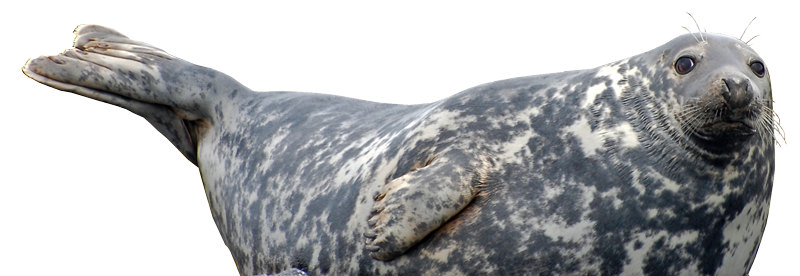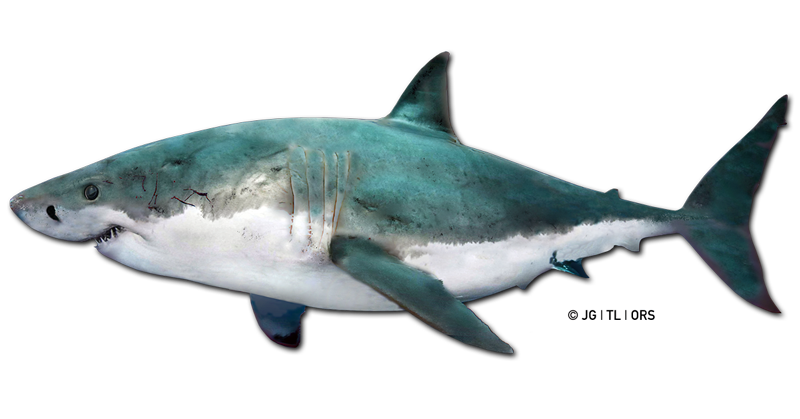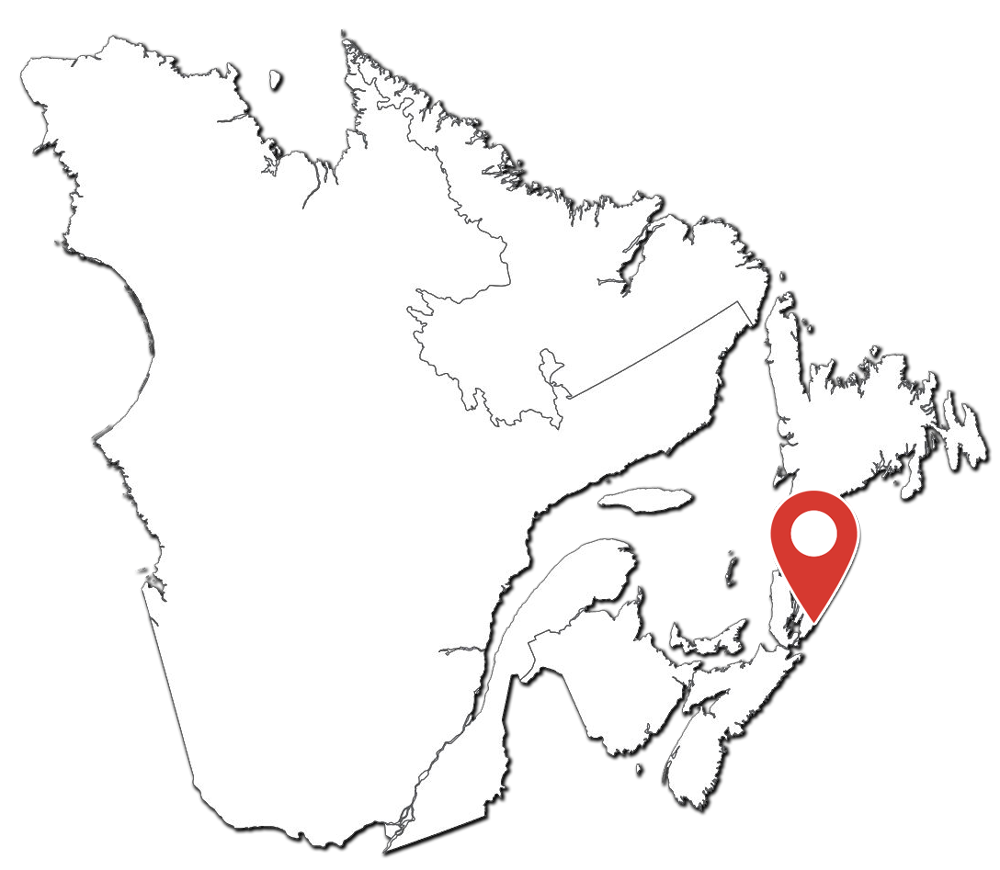CANADIAN SHARK ATTACK https://naac.iem.edu.in/ REGISTRY
https://carguidenation.com/cars-catalytic-converter-stolen/
White shark capsizes boat at Fourchu
| Case number: 17 |
| Date: 1953-07-09 |
| Location: Fourchu, Nova Scotia |
| Incident type: Attack on boat causing fatality — Code: PRE |
| Species (Confirmed): White shark (Carcharodon carcharias) |
| Possible cause(s): Bait in water (Provoked) |
| Result: Fatality (Drowning) |
| Status: Confirmed |
| Description: Local lore has it that a beastly sea creature known as the Fourchu Rammer terrorised Cape Breton fishing communities for nearly a month in the summer of 1953¹. The monster, which reportedly measured over seven metres long with a two-metre dorsal fin, was believed by many to intentionally seek out and destroy fishers and their boats. The shark was first said to have charged at pleasure craft and fishing boats off Louisbourg, followed by Main-à-Dieu, Little Lorraine, and Glace Bay over the course of a week. The animal that reportedly rushed at a pleasure craft off Main-à-Dieu was said to be nearly as long as the boat which measured 8.5 metres. The shark, if it was in fact the same creature, made its first and only confirmed appearance just 100 metres off the town of Fourchu where it punched an almost metre-wide hole in the hull of a lobster boat and capsized it. One of the two occupants, John Burns, aged 40, drowned, and the other, John MacLeod, 21, was rescued by a nearby boat while frantically attempting to swim to shore. Burns’ body was recovered without any apparent wounds. The RCMP and local fishermen set out on a hunt for the shark but failed to locate it. Even a plane was mobilised for the search but had to return due to bad weather. Most lobster boats in Fourchu stayed in port after the attack for fear of being rammed by the shark. Depending on the source, either a tooth fragment¹ or three intact teeth² were found imbedded in the boat’s wooden hull. The evidence, which was analysed by Dr. A. W. L. Needler, head of the Atlantic Fisheries Biological Station in Fredericton, was tentatively identified as being from a white shark. It was later sent to William C. Schroeder, a shark expert at the Museum of Comparative Zoology at Harvard University for confirmation. Mr. Lester Fleet, a swordfish hunter, reportedly harpooned a 272-kg shark in Louisburg harbour a few days following the fatal attack, and after more boats were reportedly chased ashore near Petit-de-Grat. The fish harpooned by Mr. Fleet was believed by many to be the by-then legendary Fourchu Rammer but there is too much conflicting information to certify the claim with any reliability. In one news story², the fish captured by Fleet measures 3.4 m, has five gill slits, a 36-cm dorsal fin, a snub rostrum (nose), green spots on its back and underside, and has no teeth…
Assessment: Based on the available information and dental evidence, it is safe to presume that the shark implicated in the Fourchu incident was indeed Carcharodon carcharias. However, reports from other locations seemingly describe a crazed and oversized white shark acting out of character. It is thus our determination that the reports more likely point to basking sharks whose size and behaviour—possibly exaggerated for effect—more closely resemble that of the assailants, i.e. the basking shark, with its massive size and tall dorsal fin, frequently approaches boats as it feeds on plankton at the surface, waiting until the last second to avert a collision. In addition, its teeth are so tiny that they are practically invisible. Even today, boaters post on social networks their frantic encounters with the docile basking shark from locations throughout Atlantic Canada and the Saint-Lawrence. Sidenote: The Fourchu ramming incident was described in the February 1968 issue of National Geographic Magazine, which included the illustration by Paul Calle on this page (Fair use / Non-profit educational). The image also appears in the movie Jaws.
|
References:
|









